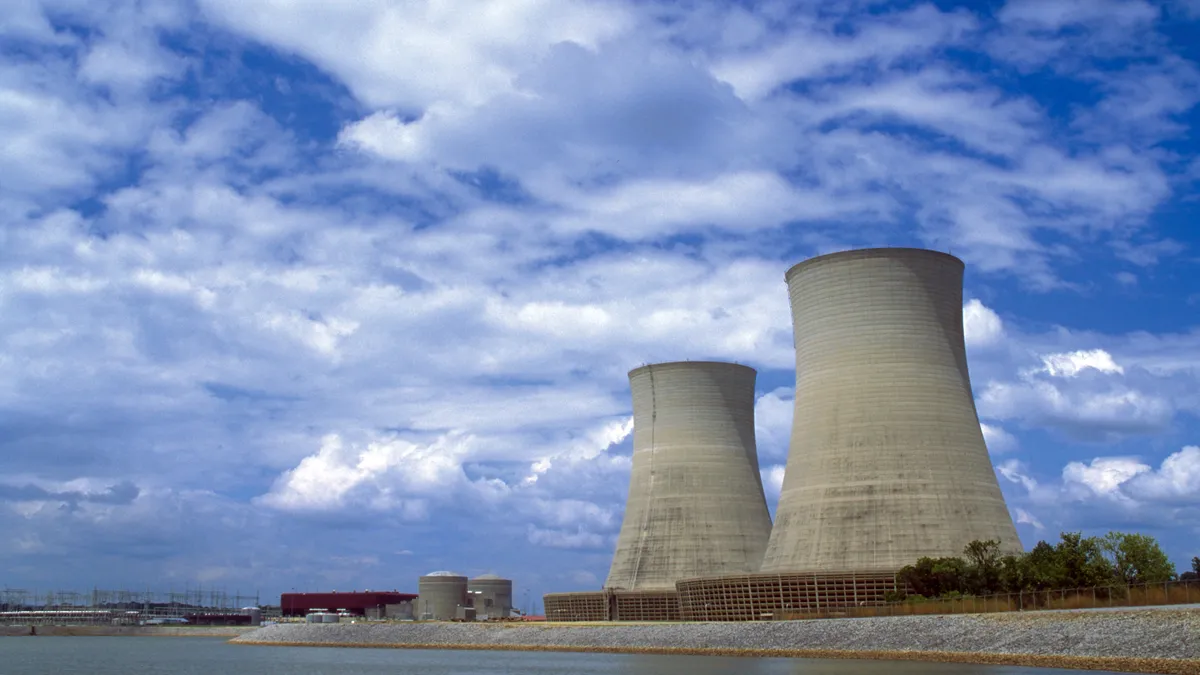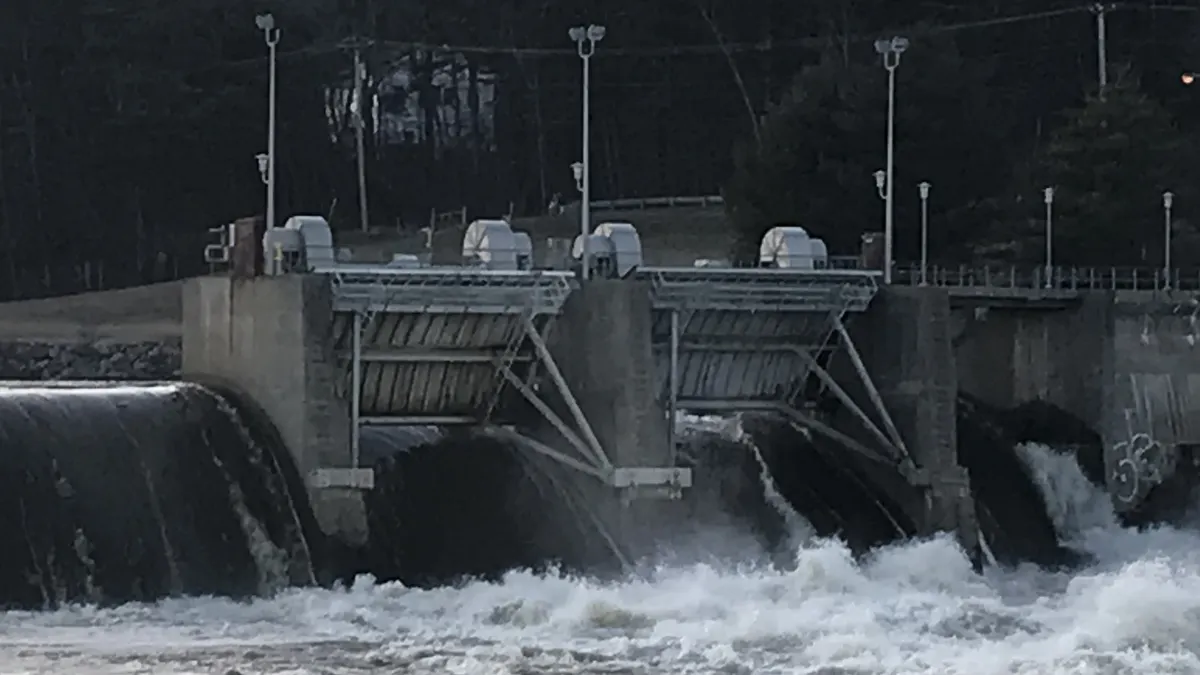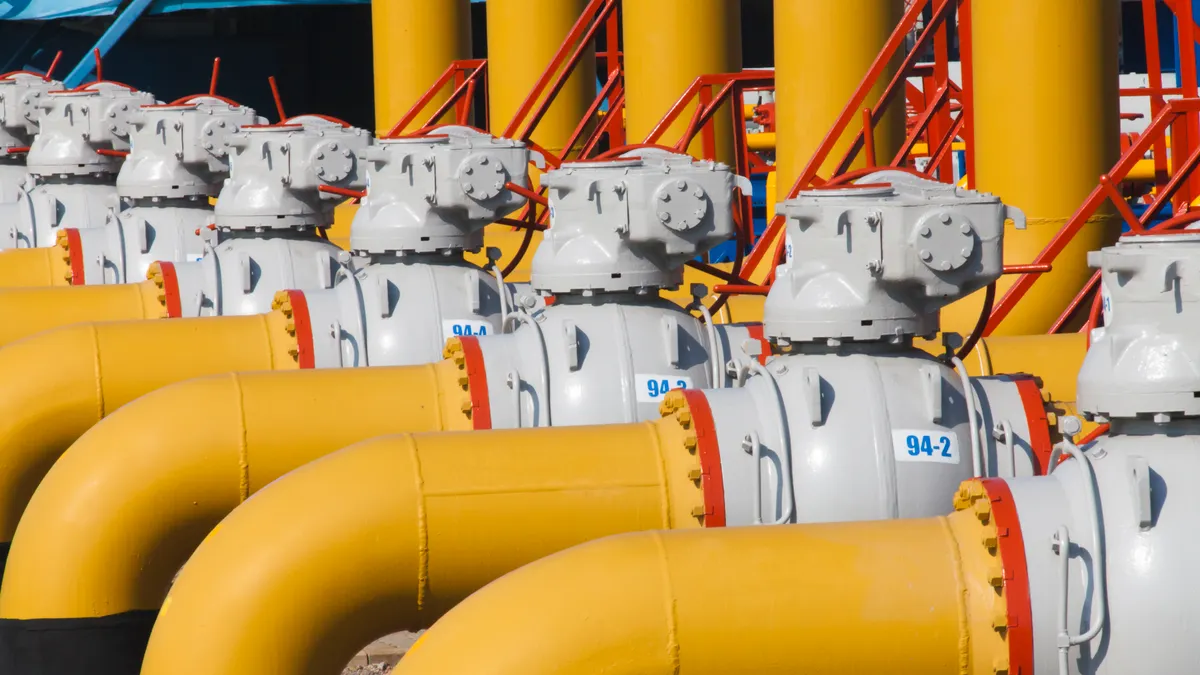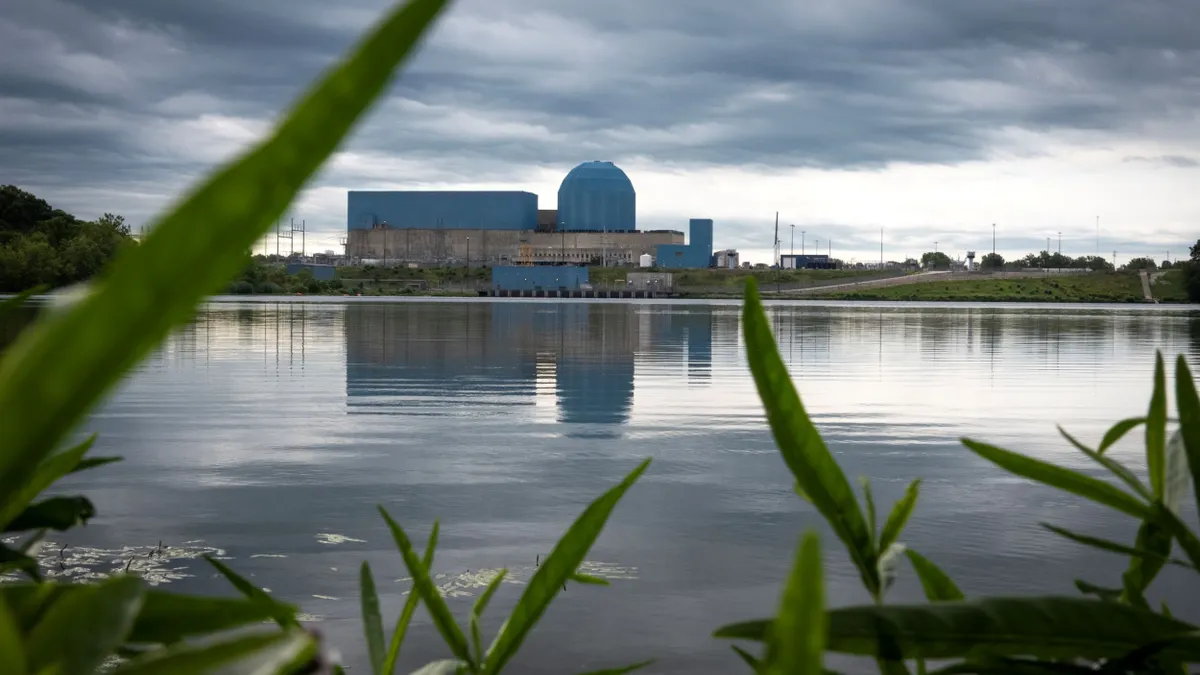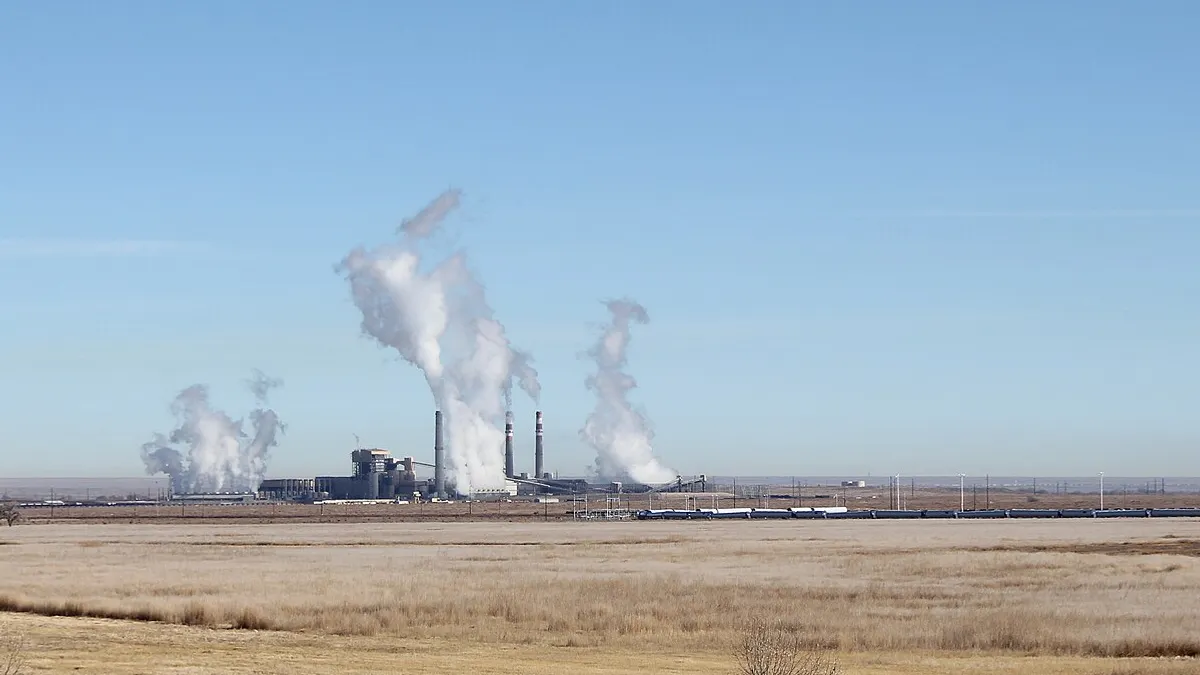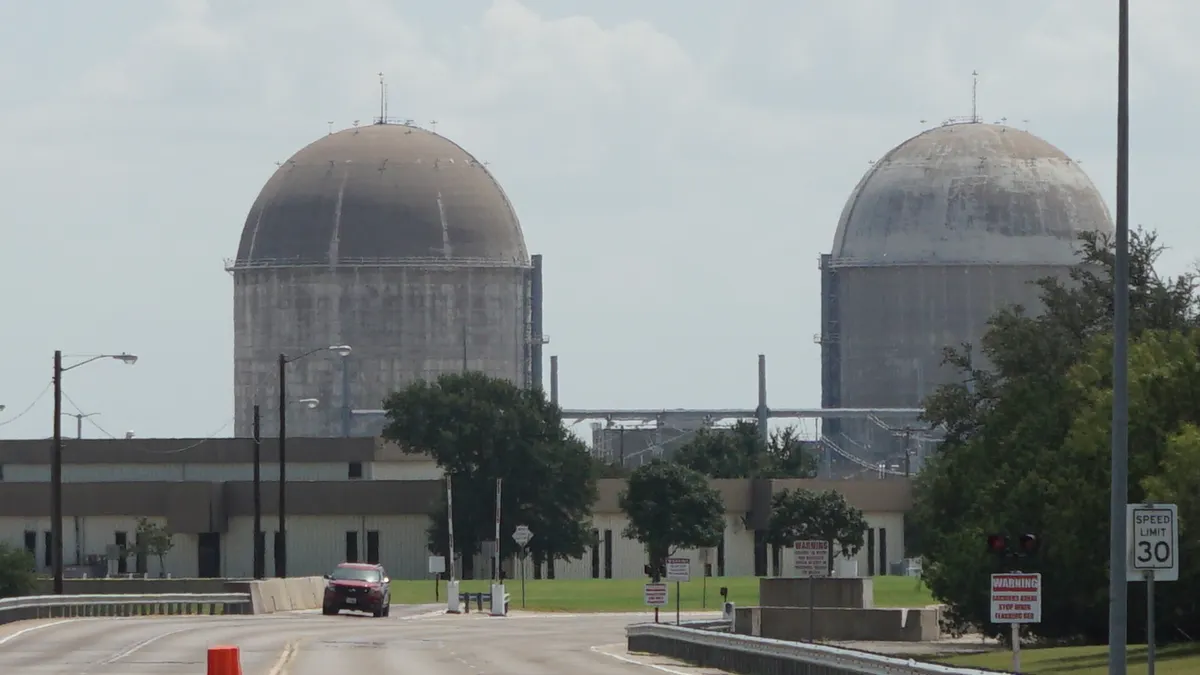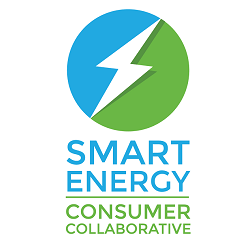Talking about the Clean Power Plan these days can feel like walking into an echo chamber.
Opponents of the plan, including the more than two dozens states that have filed suit to stop it, insist that the regulatory package aimed at reducing greenhouse gas emissions 32% by 2030 will bankrupt their states — imposing higher electricity costs on their residents as utilities struggle to comply.
Nonsense, according to the plan’s backers. They say that the move to decarbonize the electric sector will result in net savings for consumers over the life of the regulation due to lower-priced renewables, more freedom from fossil fuel prices, and efficiency advancements.
Each side comes to the debate armed with stacks of reports laying out why the Clean Power Plan will either be an unmitigated disaster or an incredible success. But after a while, the being caught in the crossfire of dueling cost estimates becomes daunting.
With countless reports out there, each using a different methodology for evaluating the costs and benefits for emissions reductions, deciding which conclusions to trust can be difficult, even for the most seasoned observers.
The problem becomes more pronounced when you start to think about deeper decarbonization than the CPP that may be coming to the power sector — implied by President Obama's bilateral agreement to reduce emissions with China. Without a single, comprehensive tool for evaluating the costs and benefits for emissions reductions, policymakers are often left to cobble together expectations for various policies from a hodgepodge of reports and studies that rarely share the same data and methodologies.
All that makes planning for both the Clean Power Plan and future emissions regulations a daunting task for stakeholders. Fortunately, there’s a new modelling tool out there that combines some of the most rigorous energy and economic modeling available with an easy-to-use interface. And it’s completely free and open for you to use.
The Energy Policy Simulator
Last month, San Francisco-based think tank Energy Innovation (EI) unveiled its Energy Policy Simulator, a one-stop shop for testing dozens of decarbonization strategies in the U.S. economy and evaluating their costs.
The models behind the policy simulator are intensely complex, capable of calculating changes in generation capacity, emissions of greenhouse gas and other pollutants, and economy-wide investments and costs for more than 50 separate policies, among other impacts. The simulator’s models have been peer reviewed by scientists from the Massachusetts Institute of Technology, Stanford, Berkeley, the U.S. national laboratories, and two Chinese research groups.
The idea, Energy Innovation Senior Analyst Jeffrey Rissman told Utility Dive, is to give policymakers “an objective, quantitative tool” for evaluating different decarbonization strategies because they are often “bombarded by options.”
This tool isn’t just an academic exercise — it’s designed to inform actual policy.
The simulator, Rissman said, was originally developed for the Chinese government in 2012 as they attempted to assess when they could peak their carbon emissions, and how much it would cost to reduce them. The full Chinese version wasn’t released publicly, since the government considers some of its data proprietary, but an abbreviated version can be found here.
The tool is especially powerful because it comprehensively handles multiple policies, Rissman said. For instance, if you choose to boost the amount of renewables on the grid, but then also increase energy efficiency mandates, the model compensates for the lower energy demand in its estimates of generation capacity, emissions and other outputs.
Modeling Clean Power Plan compliance
The good news for American utilities and consumers is that the model shows the Clean Power Plan isn’t a very heavy lift for the power sector — at least on a national basis.
“We can meet the Clean Power Plan very easily,” Sonia Aggarwal, director of strategy at Energy Innovation, told Utility Dive.
She and the rest of the team at EI ran more than 10,000 different simulations before they settled on a set of policies that meets the Clean Power Plan mandates with about $30 billion in net savings across the implementation timetable — and that’s not including monetized public health and climate benefits, which amount to $200 billion by 2030 under the policy set.
That set of policies centers around a nationwide 25% renewables standard by 2030, 3 GW of annual coal plant retirements, and a 50% boost in building lighting efficiency by 2030. The set also includes a 3% boost in industrial efficiency across the board and a 6% increase in the efficiency of coal generation, both amassed over the entire compliance period.
All told, that would make the U.S. emissions curve look like this:
For most of the compliance period, the researchers expect such policies to impose costs on the American economy. But near 2025, those investments begin to pay off in a big way, delivering about $30 billion in savings:
The impacts of such a plan on the fuel mix would be relatively modest — in line with the EPA's expectation that the CPP will not dramatically alter the trajectory of fuel mix transformation in the U.S.
Of course, there are countless other ways to arrive at the Clean Power Plan targets. A $30/ton carbon tax, for instance, would actually result in slighty more emissions reductions than the CPP scenario put together by EI:
There are countless other methods available in the simulator for meeting the Clean Power Plan mandates — including extending nuclear licenses, boosting renewables subsidies, deploying carbon capture and storage, and increasing industrial and commercial efficiency — but all those options have costs associated with them.
As the analysts put it, “the Clean Power Plan can look cheap, or costly.” A balanced approach like their recommended scenario delivers the most savings, while other approaches prove to be more costly.
For instance, if adding renewable energy capacity is the primary compliance strategy for generation, the cost of compliance breaks even with that of the business as usual scenario, calculated from EIA numbers without the Clean Power Plan. An approach that favors nuclear energy and carbon capture and storage proves more costly:
The model can generate cost estimates for each of the compliance regimes that you can dream up, but you’ll have trouble coming up with a cheaper one than the analysts recommend for Clean Power Plan compliance. That’s largely because the EI team based its CPP scenario on some of the most easily-achievable policies available.
The 50% increase in building lighting efficiency, for example, is “reasonable based on the U.S. Department of Energy’s (DOE) projection of 74% market share for LEDs in 2030,” the analysts wrote in a release. As for the industrial efficiency improvements, the analysts note that EPRI estimates industry could achieve an 8% improvement in efficiency by 2030, “so the CPP scenario setting is quite realistic.” Expectations for renewables growth and coal retirements are similarly within reach based on current market trends.
The biggest caveat in the model’s outputs is that they are for the entire nation and cannot yet be broken down into individual regions or states. Because of that, the cost estimates here aren’t likely to placate critics in states charged with the steepest emission cuts, such as North Dakota or Montana.
The model does, however, “include grid flexibility limits and a distribution of technology costs as a proxy for geographical differences,” analysts wrote. So while it cannot break down emissions and costs by state, it “could be thought of as representing the benefits of a true national [emissions] trading system,” a concept floated for compliance by some big power companies like Exelon.
Beyond the Clean Power Plan
If the good news is that the Clean Power Plan is within reach, the bad news is that meeting other American emissions reduction commitments is more of a stretch.
Last year, President Obama struck a historic accord with the Chinese, pledging to reduce U.S. emissions 26-28% by 2025 in return for China peaking its carbon pollution. As it turns out, meeting that goal will require more ambitious — but still achievable — policy solutions.
As they did for the Clean Power Plan, the Energy Innovation team compiled a set of policies they believe are the most cost effective to reach the goal. Among the critical ones are a carbon tax that begins at $3.33/ton in 2016 and increases yearly by that amount to $50/ton in 2030, as well as a 60% reduction in gas methane leaks from the energy industry. The model also assumes enhanced efficiency standards for both buildings and industry.
But reaching Obama’s 2025 goal will require change from more than just the electricity sector, the analysts stress. While it remains the single biggest contributor to greenhouse gas emissions in the nation, the U.S. is unlikely to reach the goal without help from stricter vehicle efficiency standards, rebates for efficient and electric cars, enhanced industrial and building efficiency, and a handful of other cross-sector policies described here.
If there’s one clear takeaway, it’s that while certain policies have a bigger impact than others, it’s going to take a lot of them working together to achieve the stated 2025 goal. In other words, decarbonization isn’t just a project for the energy sector — it’s one that demands the involvement of the entire economy:
If the EI recommended policy set were enacted, yearly electricity output would look something like this:
Such a full slate of policy proposals may seem daunting, but the EI analysts expect it to deliver significant cost savings as we approach 2030 — over $600 billion cumulatively, again not counting monetized climate and health benefits, which would more than double the total:
Those savings numbers make decarbonization sound like an economic windfall, and it may well be in many respects. But it’s also important to remember that the financial benefits of the clean energy revolution will not be evenly distributed across the economy. Just as the development of a fossil fuel-based economy created winners and losers, the move towards a more sustainable one will do so as well. Here’s how Energy Innovation’s recommended policy set would change the direct cash flow of certain industries:
Government revenues predictably rise the fastest due to the addition of a $50/ton carbon tax, and that money could be used a number of ways, including returning it to taxpayers (a revenue-neutral tax), investing in clean energy R&D, or paying down the national debt.
Beyond that, the chart shows the plan wouldn’t be friendly to the cash flows of the most carbon-reliant industries. Petroleum and gas producers would see their cash flow reduced by more than $200 billion by 2030, while electricity suppliers would take a $47 billion hit. Consumers, on the other hand, would see $43 billion come to them as a result of the policies, and building component suppliers would benefit as new energy infrastructure is built.
For some, the economic disruption of nationwide emission reductions may be a good reason not to move forward with decarbonization policies, but it pays to remember that many of these trends are already taking hold — pushed by the plummeting price of renewables and energy storage, and cheap, abundant natural gas — and that the EI simulator likely underestimates these trends in its business-as-usual scenario due to its use of data from the EIA, which has historically underestimated renewables growth rates. (Update: Aggarwal has informed Utility Dive that EI corrected for the EIA renewables numbers from GTM Research and the Lawrence Berkeley National Labs using real-world costs today. "We don't want to be driving blind with yesterday’s technology cost numbers," she wrote in an email.)
Ultimately, the transitional costs of the plan are far outweighed by both the operational cost savings to businesses across the broader economy, and the monetized health and climate benefits available, according to the simulator.
Just how much of the financial and environmental benefits the U.S. can capture from these policies depends on when decarbonization begins. Speed of implementation, the analysts stress, matters a lot when it comes to both emissions reductions and cost.
The simulator assumes that most of its policy options would begin to be deployed in 2016. If compliance is delayed until 2020 — the start date for states that win a two-year extension on CPP implementation — the recommended policies from EI deliver less than three quarters of the cumulative emissions reductions by 2030 compared to a 2016 start date:
That delay, if it were nationwide, would have huge economic impacts as well. EI estimates the U.S. would leave hundreds of billions of dollars in cumulative savings on the table.
“[B]y delaying implementation by just four years,” analysts wrote in a release, “more than $250 billion in cumulative savings is lost by 2030. That’s more than $750 in the pocket of every man, woman, and child in America.”
Looking ahead to deeper decarbonization
As ambitious as Energy Innovation’s recommended plan may seem, the analysts say more will be needed from the U.S. and other countries to preserve any hope of stemming global climate change — the whole point of these policies in the first place. With that in mind, the analysts constructed a third scenario aimed at deep decarbonization and called it “CO2e Minimizing.” It represents each of the over 50 policies cranked to the highest level possible in the module and puts the U.S. economy on track to zero out emissions by 2050.
That scenario is the most ambitious available in the module, but that doesn’t necessarily mean it's out of reach. The tool doesn’t let the user enact policies it thinks are out of the realm of possibility (technically, not politically), so the scenario could be achieved, at least in theory. If it were, the fuel mix would look quite different than it does today:
The big sticking point, as ever, is cost. While the CO2 emissions minimizing policy set doesn’t deliver cost savings by 2030 when only capital and operating expenditures for businesses are considered, its costs are far outweighed by monetized health and climate benefits that the plan delivers (notice the different vertical axis scales).
As Vox’s David Roberts points out, the cost charts illustrate a conundrum for policymakers. No matter how you shape the policies, costs (measured in total outlays) always rise in the short term and then begin to come down as we approach 2030. Monetized climate benefits, on the other hand, start off slow as decarbonization begins, and then pick up speed as the clean energy transition gains steam. That means policymakers must decide between short term benefits and the long term health of the planet — not a choice that easily comports with election cycles.
The opportunity to unlock trillions of dollars in climate benefits should make the clean energy transition “unquestionably worth doing,” Roberts wrote last week, but it will also require courage from policymakers to push through temporary economic disruption with the goal of larger benefits, both financial and environmental.
At this point, the world is nowhere near a climate policy tradeoff of that magnitude. Environmental advocates hope to get an international emissions agreement that includes developing nations like India and Brazil next month at the U.N. climate talks in Paris, but no one expects that deal to be sufficient to confront the global climate challenge.
In that way, the Clean Power Plan and the Paris talks are similar, Rachel Cleetus, lead economist at the Union of Concerned Scientists told Utility Dive in August. While neither will do enough at the outset to mitigate climate change, the aim is to provide a platform from which the U.S. and the international community can draw down emissions more aggressively. For utilities, it means they should expect further efforts to decarbonize their grids, even after the Clean Power Plan is met.
“The agreement in Paris, that’s just the beginning,” Cleetus said. “It’s certainly not an agreement that’s going to be the be-all, end-all. It’s going to create a good framework, one for ratcheting up ambition over time. That's how you get things done in the real world. You don’t get your hopes and dreams in the first round, but you get a solid framework and you work at it over time."
If you'd like to try your hand at the Energy Policy Simulator, get started with EI's tutorial video:







